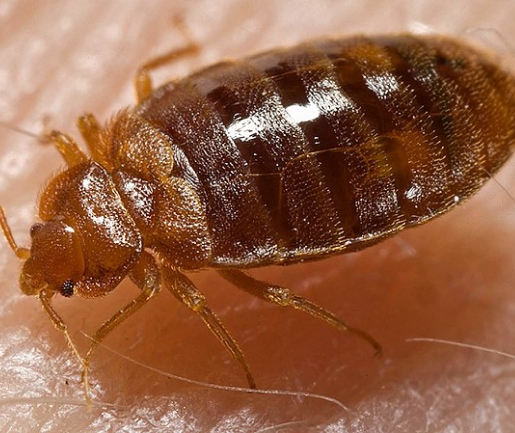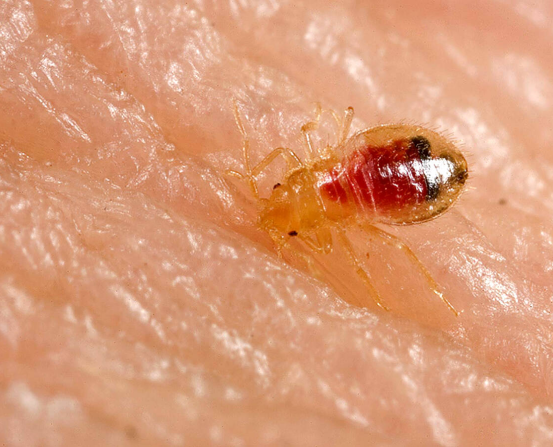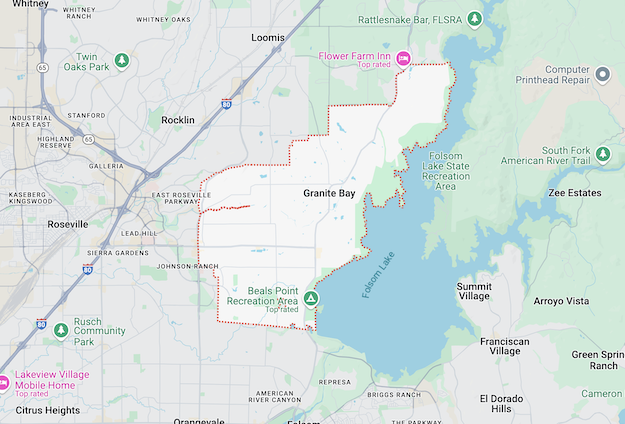Act Now - Limited Time Offer
$67 Pest Control

Jakob Beltran
Pest Control Technician
Jason Hansen
Pest Control Technician
Jackie Murphy
Sales Representative
Cimex lectularius, commonly referred to as the bed bug, is a tiny, reddish-brown insect that feeds on the blood of humans. These pests are about the size of an apple seed and are often found hiding in mattress seams, box springs, and cracks in furniture. They are mostly active during the night and can also hide in small spaces like fabric folds, electrical outlets, and behind picture frames.
Bed bugs pass through five developmental stages before reaching adulthood, needing a blood meal to move from one stage to the next. Female bed bugs lay approximately five eggs each day in hidden locations. They can survive for many months without feeding. Although they do not spread diseases, bed bug bites can cause itching and sometimes allergic reactions.


Cimex Hemipterus, a species of bed bug, thrives in tropical and subtropical regions. Similar to its more widespread relative, Cimex lectularius, this bug feeds on human and animal blood. They are small, reddish-brown insects, about 4-5 mm in size, with an oval, flat shape that allows them to hide in small spaces.
These bed bugs are mainly active at night but can bite during the day in excessively hot or dry environments. They prefer to reside near water to keep their larvae hydrated. If you suspect a bed bug problem, check areas around your bed or other sleeping places. Signs include tiny red blood spots on your sheets, dark fecal streaks, and discarded skins.
Leptocimex Boueti bed bugs are a common household pest that can become problematic. They prefer to feed on human blood, usually at night, but will come out during the day if conditions are excessively hot or dry. These bugs tend to stay near water sources to ensure their larvae have fresh water, even though they aren’t water-dwellers themselves.
Adult Leptocimex Boueti are about as big as an apple seed, with a characteristic flat, oval body. They are reddish-brown and darken after a meal. They have long antennae and raspberry-like eyes. These bed bugs possess three pairs of legs and can swell when they feed. If you notice signs of bed bugs, it’s crucial to address the issue promptly. Granite Bay Pest Control is ready to help you tackle the infestation and keep your home bed bug-free.

Bed bug eggs are minute and challenging to detect, being only about 1mm long. Their pearl-white color allows them to easily blend into light-colored surroundings. Eggs older than five days might show a small eye spot.
Bed bugs typically deposit their eggs in concealed, secure areas close to where they feed. These places often include the seams of mattresses, crevices in box springs, and under baseboards. Female bed bugs are capable of laying up to five eggs each day, with hatching occurring in 4-12 days. If left untreated, these eggs can lead to additional infestations.


Bed bug nymphs are juvenile bed bugs that progress through five growth stages before maturing into adults. Smaller and paler than adult bed bugs, these nymphs are less noticeable. To advance to the next stage, each nymph requires a blood meal, which takes about 5-10 minutes.
Nymphs typically hide in areas close to where people sleep or rest, such as in mattress seams, bed frames, and small crevices. Signs of their presence include tiny pale bugs and small blood stains on sheets. Effective treatment focuses on these hiding places to ensure all nymphs are eliminated.
Adult bed bugs are small, reddish-brown insects about the size of an apple seed, with flat, oval bodies that swell up after feeding. They feed on human blood and usually bite at night when people are asleep.
These bugs are often found near sleeping areas, such as mattress seams, bed frames, and furniture close to beds. They can also be found hiding behind electrical outlets and in picture frames. Signs of an infestation include small red blood spots, dark brown fecal stains, and shed skins. Routine inspections of these areas can help detect and control bed bug problems early.

At Granite Bay Pest Control, bed bug treatment begins with a meticulous inspection conducted by our trained inspectors. They identify bed bugs through visual clues or photos and provide a preparation checklist. Customers should prepare by removing items from the walls, vacuuming infested areas, and laundering bedding and clothing. Our team treats the entire room, with a focus on furniture legs, moldings, cracks, crevices, bed frames, headboards, box springs, and mattresses. The black fabric under the box spring must be removed for the treatment to be effective. Rooms should stay unoccupied for at least three hours after treatment.
We typically recommend 3-4 treatment sessions based on infestation levels. The cost is calculated post-inspection. While our treatments are safe for pets, we advise vacating the premises for 3-4 hours during and after treatment. We provide a 30-day warranty on full-home treatments. Following our guidelines and maintaining cleanliness helps prevent reinfestation. Our targeted and effective treatment approach ensures complete elimination of bed bugs, giving our customers relief and confidence.


We offer a free follow-up treatment two weeks after the initial bed bug control service. This follow-up includes applying an insect growth regulator to break the bed bugs’ life cycle, ensuring that any eggs or nymphs are targeted to prevent them from becoming adults.
Our technicians will revisit and inspect the treated areas to check for any further signs of bed bug activity. This extra step provides an added layer of security and peace of mind. With our follow-up treatment, you can be confident that we are determined to completely rid your home of bed bugs.

Limited time offer! Get $50 off your first pest control service.

Barrier Services
Granite Bay Office
© Granite Bay Pest Control 2024